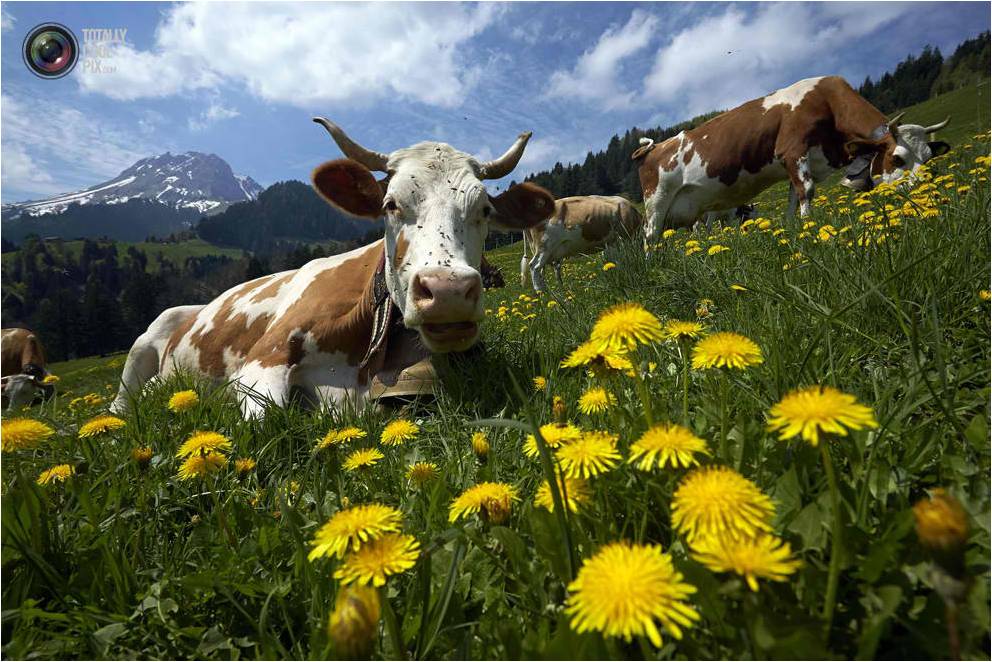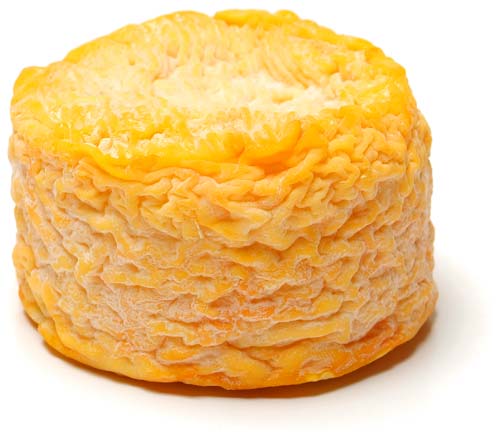Glossary of Cheese Terms
29/05/2015When you take a delight in savouring our French cheeses, are you confident enough to talk about your sensations? Indeed, and as for wine or other delicate products, cheese comes with a very large and specific vocabulary. Here is a non-exhaustive list of words to speak about our little friends like an expert, that you can keep aside for your next tasting!
- Affinage / Ripening describes the craft and the period of aging of a cheese, as well as mutations that occure during this period.

- The word Alpage refers to fields located in the Alps mountains, where animals graze in summer. The nature and place of herd’s feeding directly influence the taste, the smell and the nutritional quality of cheeses.

- Bluing describes the spreading of blue mould in or on cheeses.
- The milk used to make farmstead cheese is only produced on the farm where the cheese is produced.
- Paste is the internal part of a cheese, just under the rind. Its texture may be soft, creamy, smooth, hard, dry, crunchy…
- Pasteurisation is the process of heating the milk to a high temperature for a defined time. The aim is to wipe pathogens out.
- PDOs (Protected Designation of Origin) were created in 1992. This quality label refers to national indications that guarantees the authenticity of a product (in accordance with the respect of geographical identity, methods of production, methods of ripening) transferred to the European level. In France, the national quality label is called AOC (Appellation d’Origine Controlée).

- Persillé / veined is the mould contained in blue cheeses.
- Raw milk (unpasteurised milk) is a milk that has not been through pasteurisation process.
- The rind is the external part of a cheese. Its textures are either inedible (plastic, wax…) or edible (natural, mould-covered, washed…).
Now that you have these specific terms in mind, we are confident about your ability to talk about our delicate cheeses next time you receive them. For the next tasting, YOU will be the expert!

